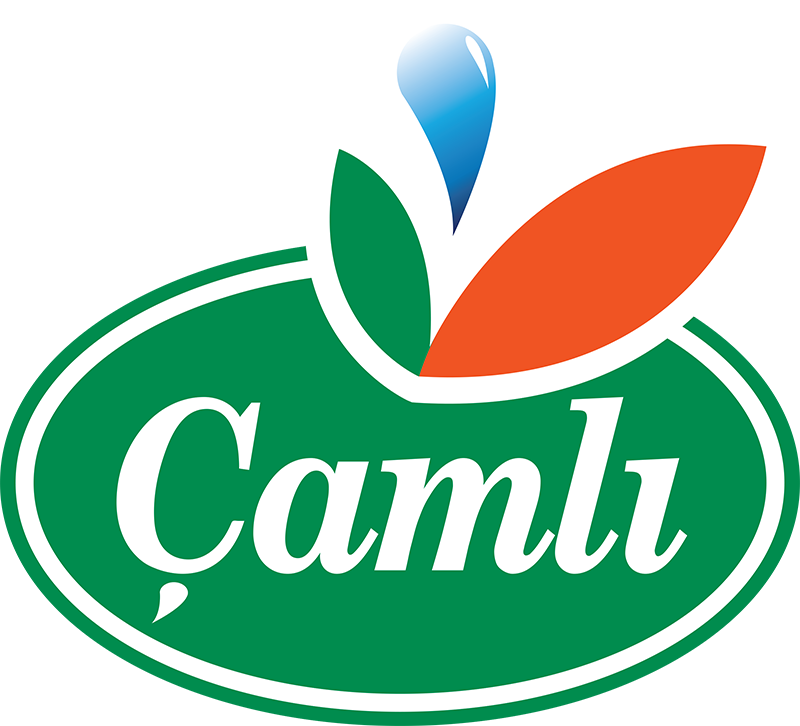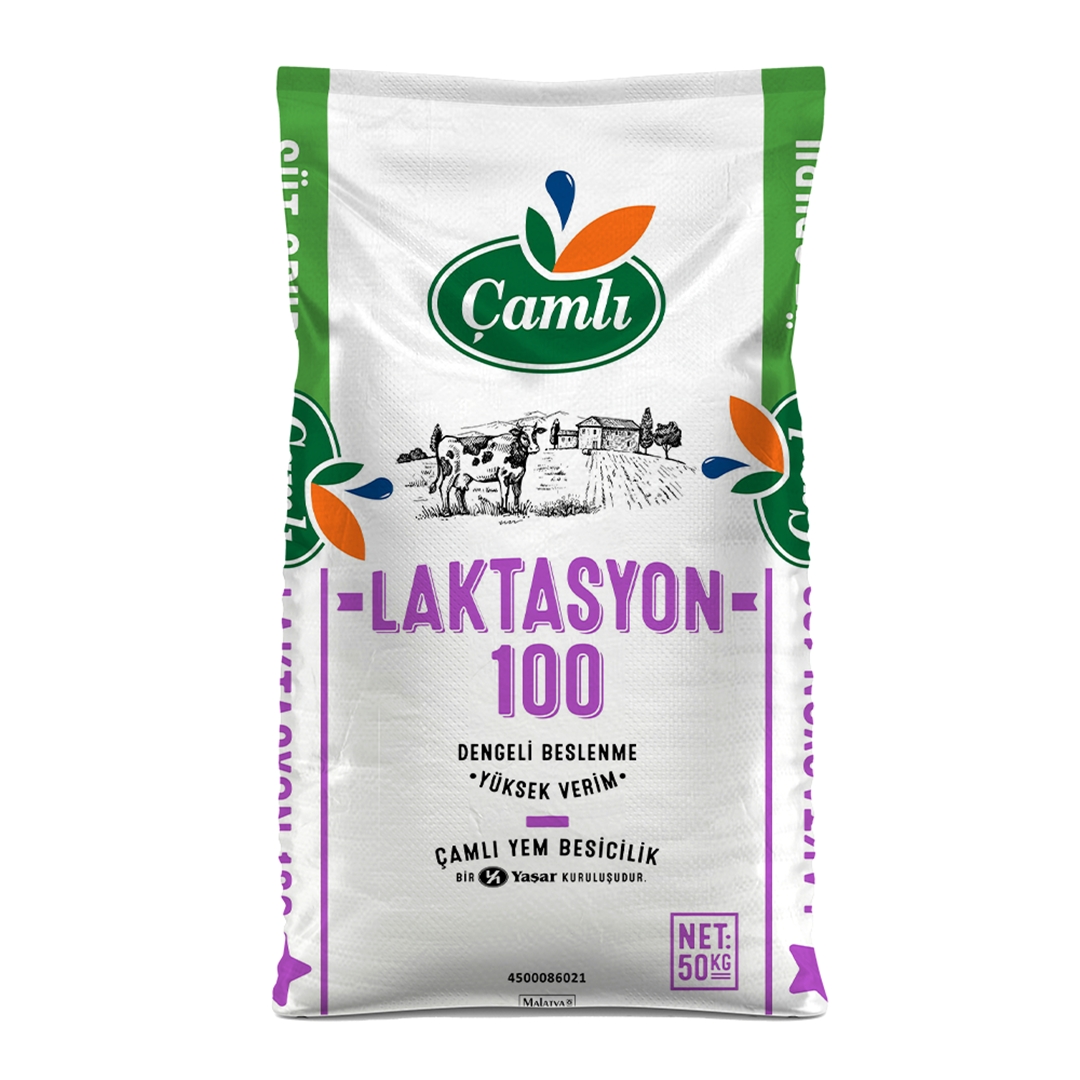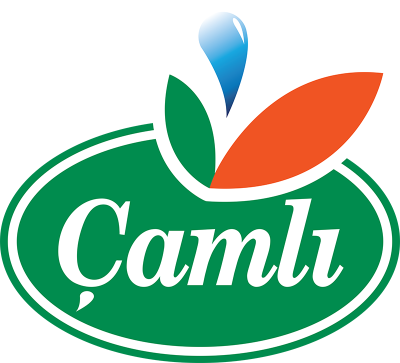Features
- Prevents rapid weight loss after calving.
- Quickly increases milk yield and extends the peak production period.
- Enhances feed efficiency thanks to highly digestible raw materials.
- Contributes to improved milk quality.
- Contains high levels of quality energy and protein.
- Reduces the risk of ketosis after calving.
- Helps prevent common post-calving issues such as infertility, retained placenta, and lack of estrus signs.
- Supports improvement in hoof and claw health.
Important Information
- Lactating animals should have access to fresh feed 24 hours a day.
- Lactating animals should have access to clean and drinkable water 24 hours a day.
- Lactating animals need to consume dry matter equal to 3-4% of their live weight daily. (This may vary depending on climate, housing conditions, milk production, etc.)
- To maintain healthy rumen activity, lactating animals should consume good quality dry forage (such as alfalfa hay, dry oat hay, barley straw, etc.) equal to 1% of their live weight daily.
- In free-stall housing systems, lactating animals require 1 m² of dry lying area per 100 kg of body weight, and a walking area twice that size.
- Lactating animals require at least 80 cm of feeding space per animal. If a lock-up system is used on the farm, leaving 10% of it empty is beneficial to allow shy animals easier access to feed.
- We should avoid making changes greater than 3% in the dry matter content of the daily ration or in any of the nutrients that make up the ration’s dry matter.
- We should house and feed lactating animals separately based on criteria such as production level, number of milking days, and lactation number.
- Milking procedures should be managed meticulously for lactating animals.
- Periodic care and preventive treatments for lactating animals should be conducted within the framework of a protocol.



